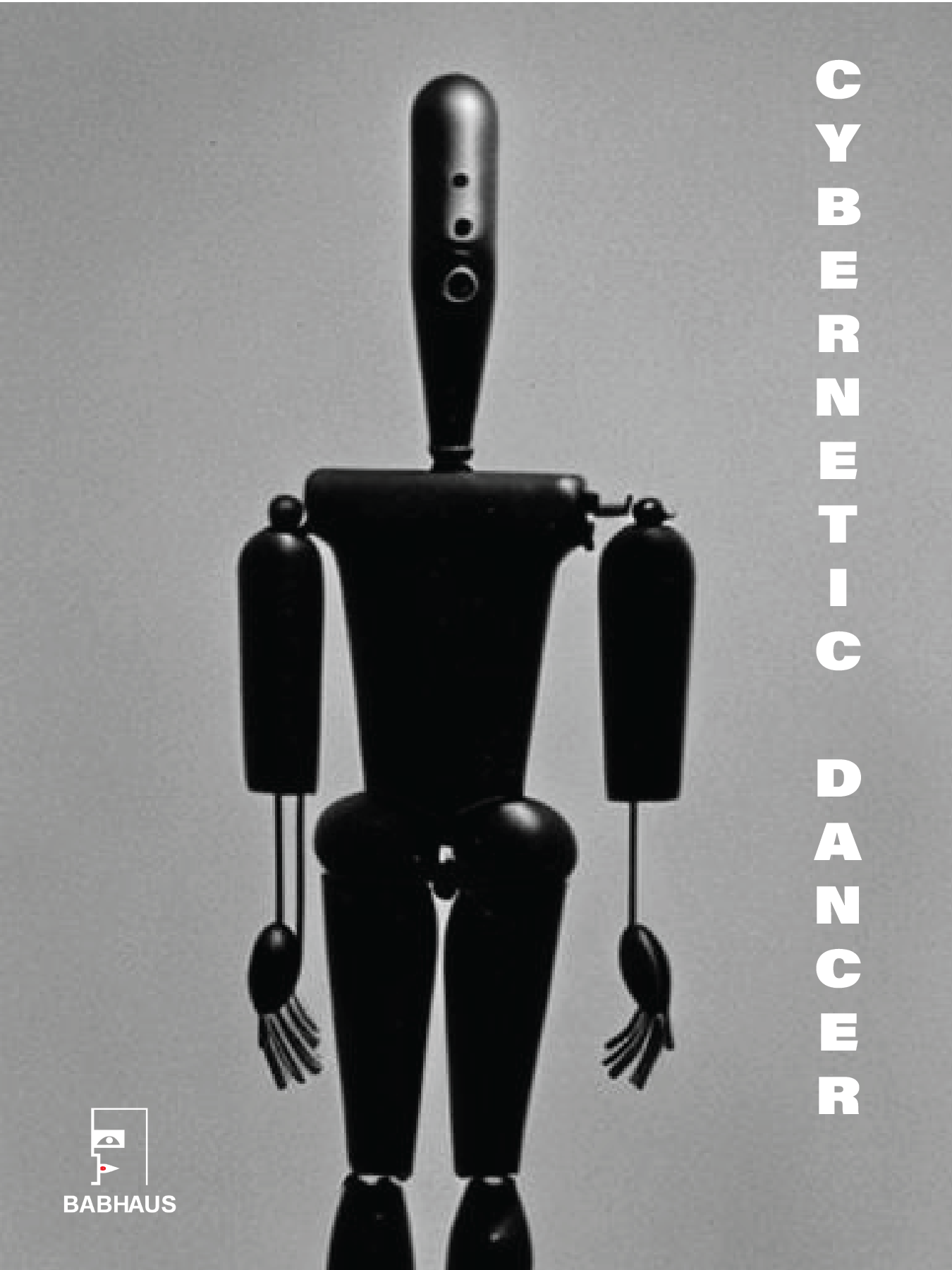1927
MECHANIZED EXPRESSION
The new modern Bauhaus ballet begins with an Oskar Schlemmer masked caricature of a dancer moving gracefully across the stage, covered in a flowing garb made of diaphanous fabrics that billow and swirl around the ambiguous body. The fabric is carefully arranged with mechanized elements, such as pulleys and ropes, which allow the dancer to manipulate the fabric in a controlled and choreographed manner to interact with saturated pastel colored lights and shadows. The movements are exaggerated and dynamic, evoking the mechanical precision and fluidity of a well-oiled machine. The choreography extends beyond the abstract human body of the dancer into the twirling fabric. The entity of fabric contorts and twists in ways that seem almost robotic, yet there is a sense of artistry and expression in the movements that transcends mere mechanization into the posthuman.
ARCHITECTURE IS ADDED TO THE CURRICULUM
Prior to 1927 students could only gain architecture experience through apprenticeships under Walter Gropius and Adolf Meyer. The curriculum was based on the completion of preliminary courses, and later students enrolled in specialized workshops. Based on medieval guilds, students worked as apprentices designing and executing products via the instruction of masters. This allowed for hands-on application of the preliminary courses within the design process. Building or architecture was the culmination of objects produced in the workshops.





